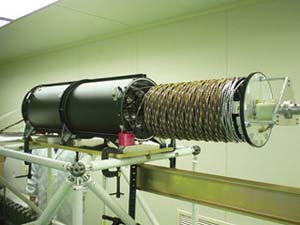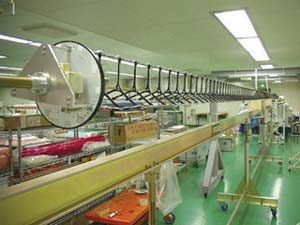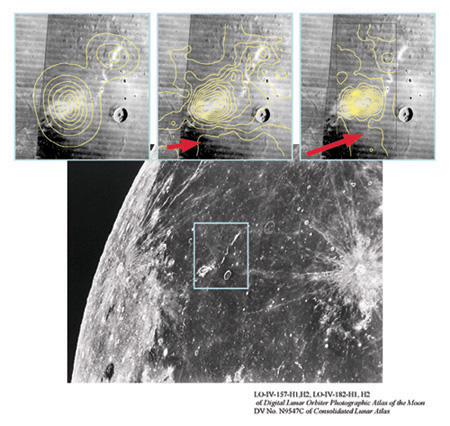LMAG and PACE enable us to study on the present and ancient (say, 3-4 billion years ago) environment of magnetic fields and plasma on and around the Moon and also on the evolution of its deep interior.
LMAG magnetometer can measure a magnetic field weaker than 1/100,000 of the geomagnetic field. Its sensor is mounted on the edge of a super-lightweight mast extended from the spacecraft at 12m length in order to avoid the magnetic interference.


We observe direction and intensity of the magnetic field at the sensor mounted on the edge of the mast by LMAG magnetometer. IEA-S and IMA-S have additional electrodes that are used for controlling sensitivity electrically. In order to measure ion mass, LEF (Linear Electric Field) TOF (Time Of Flight) ion mass analyzer is attached to IMA.
Magnetic anomalies on the Moon
There are many magnetic anomalies on the Moon where the field intensity is stronger than ordinary regions (Figure 3). We shall perform the high-precision observation to give more detailed map of anomalies in wider regions, enhancing the study of the magnetic anomaly bearing mechanism and of the existence of the ancient lunar magnetic fields.
Figure 2: Example of the lunar magnetic anomaly
(Reiner Gamma region on the near side).

Major Specification
| Magnetic field observation (LMAG) |
Resolution | 16 bits |
|---|---|---|
| precision | <0.1 nT | |
| Sampling interval | 1/32 sec |

Hideo Tsunakawa
Department of Earth and Planetary Sciences,
Tokyo Institute of Technology